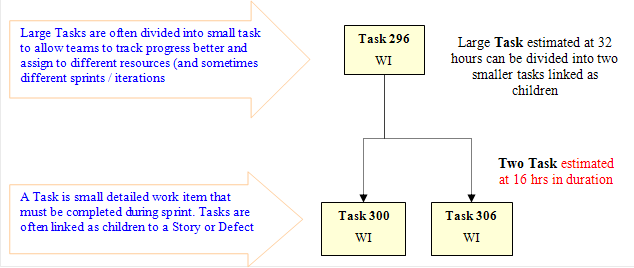Agile Best Practices – Scaling Best Practices for large organizations
While most teams can start using agile practices, such as Scrum and XP, they often run into hurtles when adoption is extended to other parts of the organization.
Most often these challenges (or agile scaling factors) severely limits it adoption.
Recently delivered a session at the Agile Brazil 2012 conference on why most larger teams often must scale Scrum to overcome challenges (such as geographical distribution, organizational change issues) in their environments to success use agile.
Here it the link to the actual presentation.
Agile is a highly collaborative approach to software development that focuses on producing high quality “working code” that is potentially shippable at regular intervals. While many aspects of agile are new and innovative, agile practices are derived from many other successful methodologies such as traditional SDLC, iterative development and lean.
Over the last 5 years adopting practices such as Scrum or XP for small collocated projects has become fairly straightforward but we have found that most teams run into problems as their projects move away from an ideal agile team (e.g., 7 +/- 2 people, co-located team, cross-functional skills, self motivated resources all sharing the same vision and drive to deliver potentially shippable code).
Scaling agile to support larger more complex projects and problems often requires strategies that address both the team’s and the organization’s challenges and perceptions with regards to agile practices.
This session focuses on some of the key agile practices that must be scaled to overcome these challenges. The session uses a number case studies illustrating approaches for adopting more disciplined agile practices. In addition we will also cover 2 or 3 specific agile practices that must be scaled.





